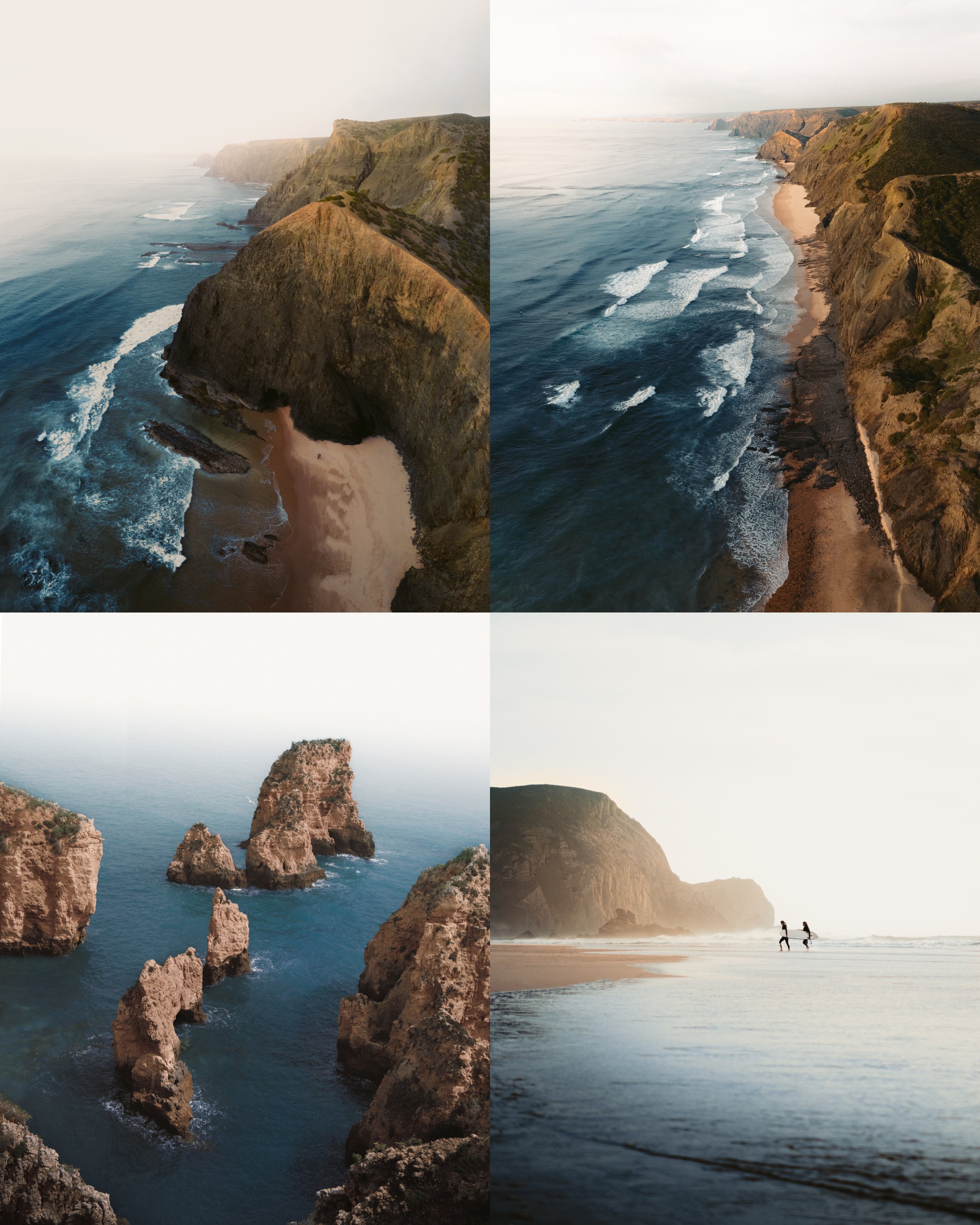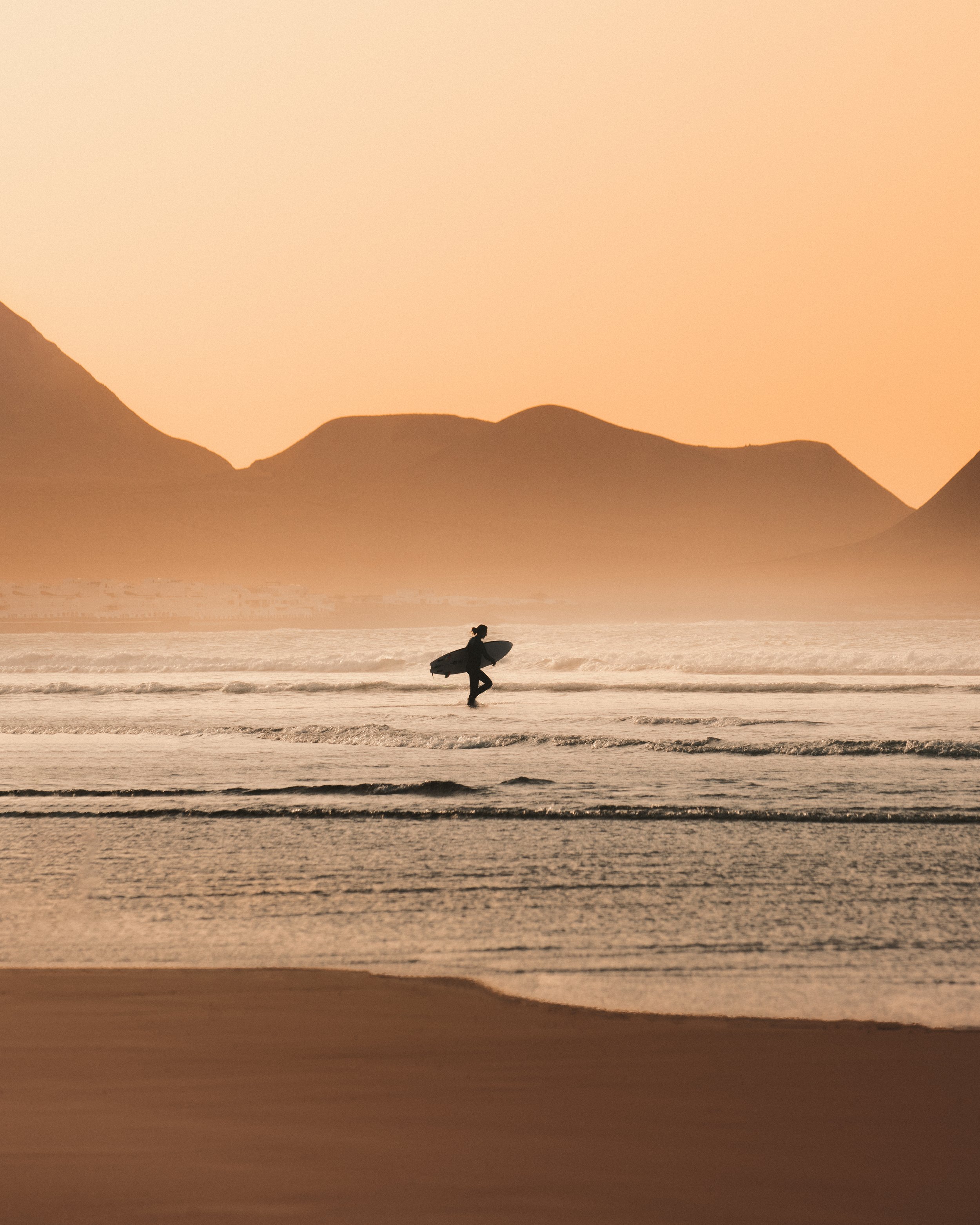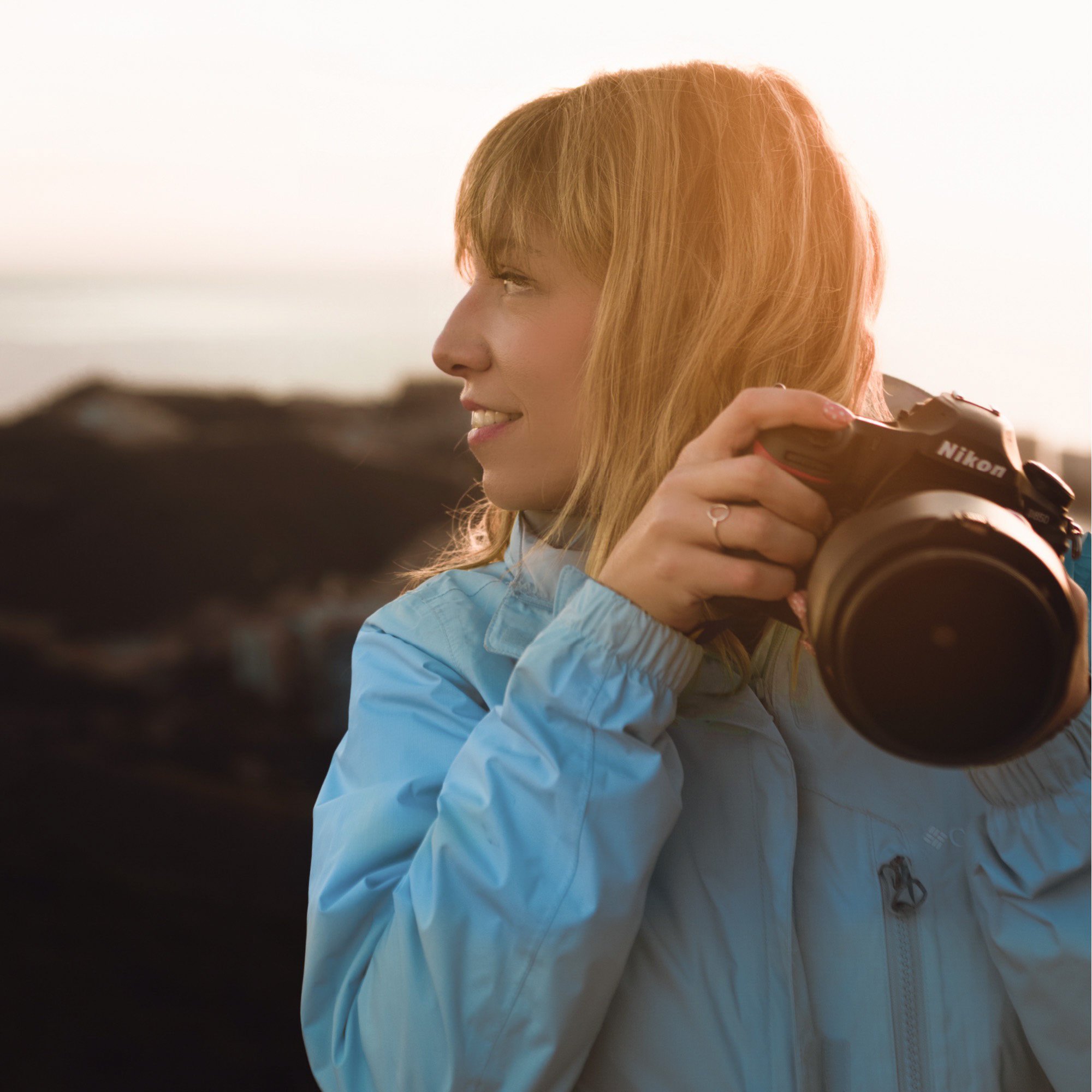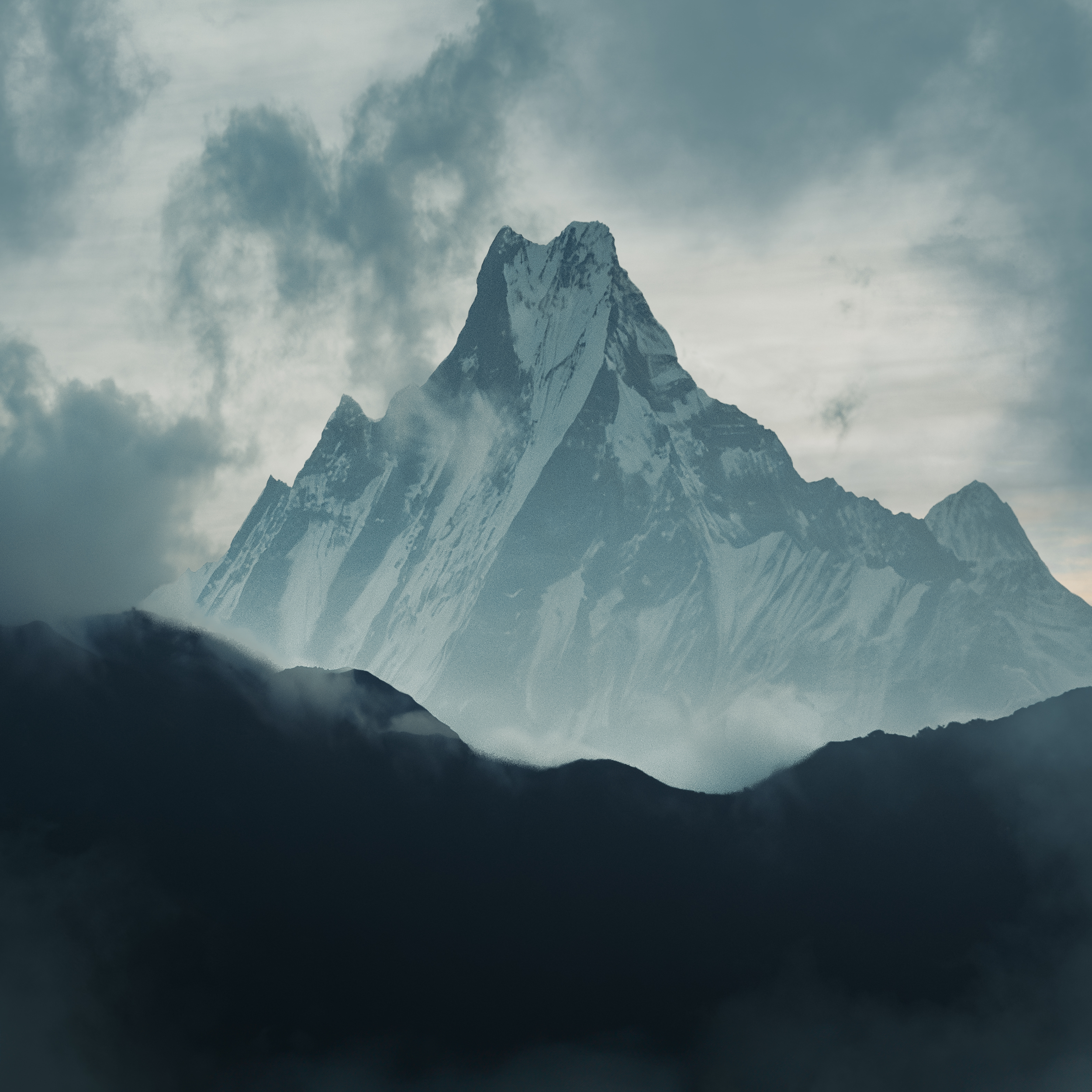THE SECRETS OF PHOTOGRAPHIC COMPOSITION: HOW TO IMPROVE YOUR IMAGES
When we seek to improve our photography there is an element that is decisive and that as time goes by we tend to forget to focus more on the light of the shot and the postproduction. We talked some time ago about how we could improve it by applying minimalist techniques in this article here but, if I don't want my photography to be minimalist, how can I improve the photographic composition and train my photographic eye?
Composition in photography is a fundamental element that can make the difference between a stunning image and a mediocre one. The way we arrange the elements within the frame can influence the way the viewer perceives the photograph. That is why composition is one of the most important skills a photographer must master.
What is composition in photography?
Composition in photography refers to the way in which the visual elements are arranged within the image frame. This includes the arrangement of subjects, the choice of point of view, the use of lines, colors and shapes, among other aspects. Good composition can help create a visually appealing image and guide the viewer's eye through the photograph effectively.
How can using compositional techniques help me improve my photography?
Let's take a practical example: you are in the Swiss Alps (or in any landscape that you find it really difficult to get a bad picture because of the beauty of the place). We get there and our eyes see breathtaking things everywhere we look. With the overflowing illusion we feel we take the camera out of our backpack and get ready to capture all that essence with a small problem... there is so much to photograph that I don't know where to start!!! You start looking for angles: what if you climb on a rock, jump on the ground, fly your drone, do the pine bridge and none of your pictures convince you because they do not represent what your eyes were seeing a moment ago. Well, probably what is happening to you is that you are neglecting the composition of the photograph itself, leaving all the responsibility of getting a good shot to the landscape and this friends is something that has happened to all of us who wield a camera at some point and that we must avoid. Let's assume our responsibility as photographers: a good image is not given by the landscape or the camera we use, it is given by the eye behind the viewfinder and training this eye is part of our learning process.
Knowing composition techniques and training your photographic eye will allow you to tell the story of a place from your creative perspective in an orderly, clear and coherent way so that the situation in which our photos did not represent what our eyes saw is reversed.
5 + 1 tips to improve composition in your photography
The rule of thirds
One of the best known and most used rules of composition in photography is the rule of thirds. This rule consists of dividing the frame into nine equal sections by means of two horizontal lines and two imaginary vertical lines, forming a grid of nine squares. The theory tells us that by placing the key elements of the photograph at the intersection points of these lines, a more balanced and visually appealing composition is created.
Let's see if it is true:
The rule of thirds has many applications, if instead of using it to place our subjects at the intersections of the guide lines we also use it to balance the proportion of the negative spaces in our image, we can obtain a much more attractive and symmetrical shot. This application is very useful in landscape photography where we usually have many elements and negative spaces to balance.
Use guide lines
Lines are a powerful element in photographic composition, as they can guide the viewer's eye and create a sense of movement in the image. Use diagonal, vertical or horizontal lines to direct the eye to the main subject of the photograph or to create a sense of depth in the image.
Our main goal is for the viewer to see the photograph in the order we composed it and guide lines are perfect for this: paths, tree sections, roads, mountain ranges, cliffs... even people walking in a row across a meadow can be used as a guide line. Any element that forms a line by joining all its points can be kept within this technique and will help us to focus the attention on our main subject of the scene.
Play with Symmetry and Asymmetry
Symmetry and asymmetry are two opposing concepts in photographic composition, but both can be used effectively to create interesting images. Symmetry refers to the balanced arrangement of elements in the frame, while asymmetry involves the uneven placement of elements to create visual tension. Experiment with both concepts and find the right balance for each photograph. Reflections in lakes, puddles, the hood of a car or in a hand-held mirror can help you find symmetry in your image. Symmetry, from a neurological point of view, produces a pleasing effect on the human brain, so symmetrical scenes tend to work very well in photography.
Pay attention to backgrounds and negative space
We often focus so much on the main subject of the photograph that we neglect the elements surrounding it. Backgrounds and negative space can significantly influence the composition of the image, so it is important to pay attention to them. Remove distracting elements from the background, use simple backgrounds to highlight the main subject, and use negative space to create balance and give the image a cleaner feel. Correctly applying negative spaces is closely linked to knowing how to compensate for them through guide lines. Sometimes, when we want to focus on a main subject and the background is too cluttered, we can use the background blur technique used in portrait and macro photography. This is also a way to compensate for negative space.
Experiment with different perspectives
Once we are clear about all the previous techniques we can play with perspective and use it to our advantage as a compositional element.
The perspective from which we take the picture can have a great impact on the final composition of the image. Experiment with different angles and viewpoints to find the perspective that best suits your photograph. Try shooting from above, below, from the side, or even from a dive to create interesting and unique visual effects.
Break the rules
The wonderful thing about knowing the rules is that you can break them for a specific purpose so that your image is composed correctly and is still interesting to the viewer. So the last tip I encourage you to put into practice is this: develop and break some rules to get disruptive photographs.
In conclusion, composition in photography is a crucial aspect that can make the difference between an ordinary image and an extraordinary one. With these practical tips, you will be able to improve your composition skills and create more impactful and memorable images. Now it's your turn to put these tips into practice and keep capturing unique moments through your lens!
AUTHOR:
MARA DE LA TORRE
Professional travel & commercial photographer. Content creator spesialised in storytelling.
Lover of nature and capturing it through the lenses.




















